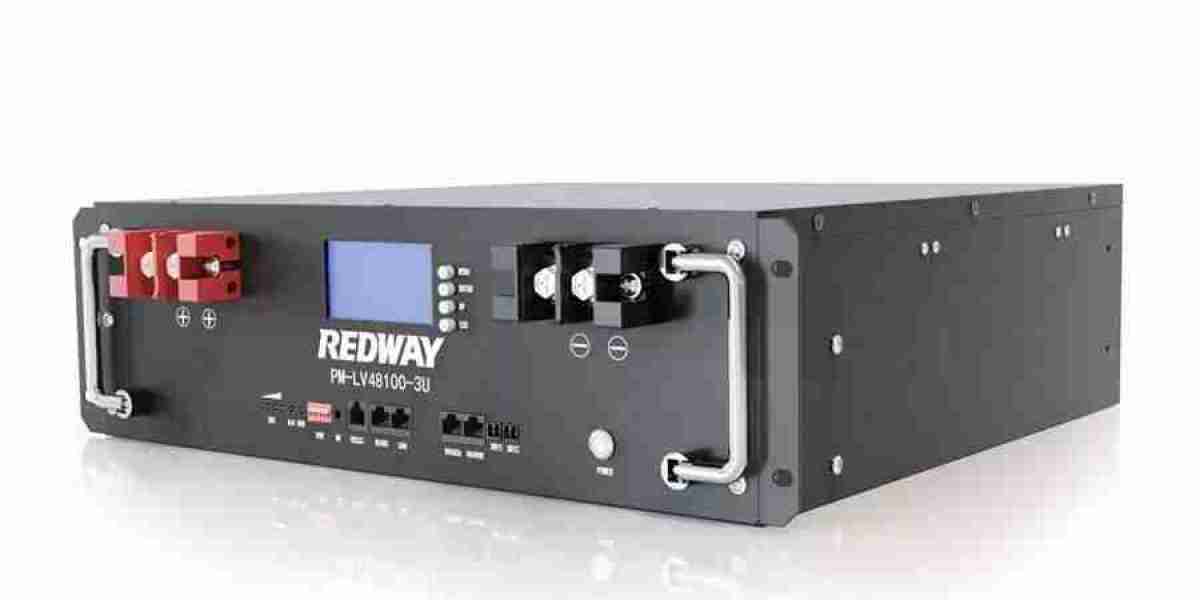Are you a student grappling with a challenging filter design assignment? Fear not, as we delve into the intricacies of this complex topic to provide you with a comprehensive guide. In this blog, we will explore the fundamental concepts of filter design and break down a tough assignment question step by step. So, fasten your seatbelts, and let's embark on a journey to demystify filter design!
Filter Design Assignment Question:
Consider a scenario where you are tasked with designing a low-pass filter with specific requirements, such as a cutoff frequency and desired attenuation. This question is often encountered in university assignments and can be particularly tricky for students unfamiliar with filter design concepts.
Conceptual Understanding:
Before we dive into the solution, let's understand the basic concepts involved. A low-pass filter allows low-frequency signals to pass through while attenuating higher frequencies. The cutoff frequency is a crucial parameter, determining the point where the filter starts attenuating the signal. Attenuation specifies how much the filter reduces the amplitude of higher frequencies.
Step-by-Step Guide to Answering the Question:
Define Requirements: Clearly identify the requirements provided in the question, such as the cutoff frequency and desired attenuation. Understanding these parameters is crucial for the design process.
Choose a Filter Type: Based on the requirements, select an appropriate filter type. Common types include Butterworth, Chebyshev, and Elliptic filters. Each type has unique characteristics that cater to different applications.
Select Filter Order: Determine the order of the filter based on the desired roll-off rate. Higher-order filters exhibit steeper roll-off but may introduce more complexity in implementation.
Calculate Component Values: Depending on the chosen filter type and order, use standard formulas or online tools to calculate the component values such as resistors and capacitors. Ensure these values meet the specified requirements.
Simulate the Filter: Utilize simulation tools or software to model the designed filter. This step helps validate the filter's performance and ensures it meets the specified criteria.
Implement the Design: Translate the theoretical design into a practical circuit. Pay attention to component tolerances and practical considerations during the implementation process.
Evaluate Performance: After building the filter, measure its performance using real-world data or simulated signals. Compare the results with the initial requirements to ensure the design meets expectations.
How We Help Students:
Navigating filter design assignments can be daunting, and we understand the challenges students face. At matlabassignmentexperts.com, we offer specialized filter design assignment help to students struggling with filter design and various other complex topics. Our experienced tutors provide personalized guidance, step-by-step solutions, and valuable insights to help you excel in your assignments. Visit our website today for reliable filter design assignment help and unlock your academic potential.
Conclusion:
Filter design assignments may seem daunting initially, but with a solid understanding of the concepts and a systematic approach, you can conquer them. This blog aimed to simplify the intricacies of filter design by breaking down a challenging assignment question into manageable steps. Remember, practice and perseverance are key to mastering this fascinating field. And if you ever find yourself stuck, matlabassignmentexperts.com is here to provide the support you need.








